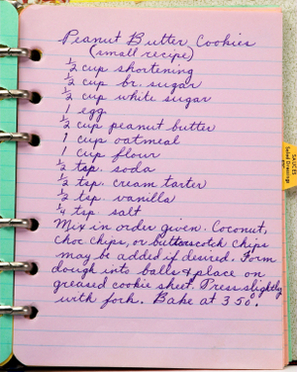Bill of Materials
The bill of materials (BOM) is located in the MRP or ERP system. It is usually combined with a routing of production operations. The routing and BOM is created together from the engineered operation process sheets and materials list. This routing/BOM will often include what department the part will run in, the resource or asset number it will run on, the rate of production, and the number of operators necessary at each operation. It is often referred to as a recipe.
The routing and BOM is costed at standard cost. For
labor, the standard cost is the engineered cost, or the cost that the
operation is supposed to run at. The burden costs are costs that are
derived from the burden allocation process by accounting, and the
material costs are the costs that the material is supposed to cost. Any
costs that are more or less than the standard costs are variance costs,
and reported on the income statement.
A routing
and bill of materials will be organized into sequence numbers. The
sequence is a way of allocating materials to the correct operation. For
example: let's assume we are assembling bicycles. The first sequence is
called number 10. At sequence number 10 we take the bike frame and
attach the front wheel. The routing will show that at sequence 10, one
operator in the assembly department can assemble the front wheels at a
rate of 30 per hour. The bike frame and front tire will be
attached to sequence 10. We know what we need at sequence 10 for
material and labor from the routing/BOM. The burden costs are costed
based on the labor or
machine hours consumed.
 At the next sequence (#20) in the routing and BOM, we will attach the
rear wheel to the work in process bike from operation 10. The materials
used at sequence 20 (the rear wheel and the work in process from
sequence 10) will be associated with sequence
20, as well as the labor and burden required to attach the rear wheel.
At the next sequence (#20) in the routing and BOM, we will attach the
rear wheel to the work in process bike from operation 10. The materials
used at sequence 20 (the rear wheel and the work in process from
sequence 10) will be associated with sequence
20, as well as the labor and burden required to attach the rear wheel.
The routing and BOM will show at each sequence the remaining operations
until the bike manufacturing is complete and the bike is moved into the
finished goods inventory and is ready to ship to the customer.
The production department will use the routing and BOM to plan the
labor that is required to meet the build schedule. If we need to make
and ship 100 bikes next week, then the MRP software will tell us how
many operator labor hours are required based on the routings to produce
100 bikes. The production department can then determine and schedule
the number of operators and support personnel required next week.
The material department will use the bill of materials to plan
shipments into the plant for purchased parts. If we need to produce 100
bikes next week, then the materials department can determine from the
bill of materials in the system that we need 100 bike frames, 100 front
tires, etc. to produce our bikes.
The
material department will also use the bill of materials and routing to
manage the inventories. The purchase parts that are ordered are put
into raw material inventory. The material, labor and burden costs from
in process material will go into the work in process (WIP) inventory.
Once the part has left the final operation, it goes into the finished
goods inventory.
The routing/BOM controls what inventory the
parts are put into based on a changing part number of routing sequence.
Production counts are entered for each part number and or sequence and
the routing and bill of material will move the part from raw to WIP to
finished goods.